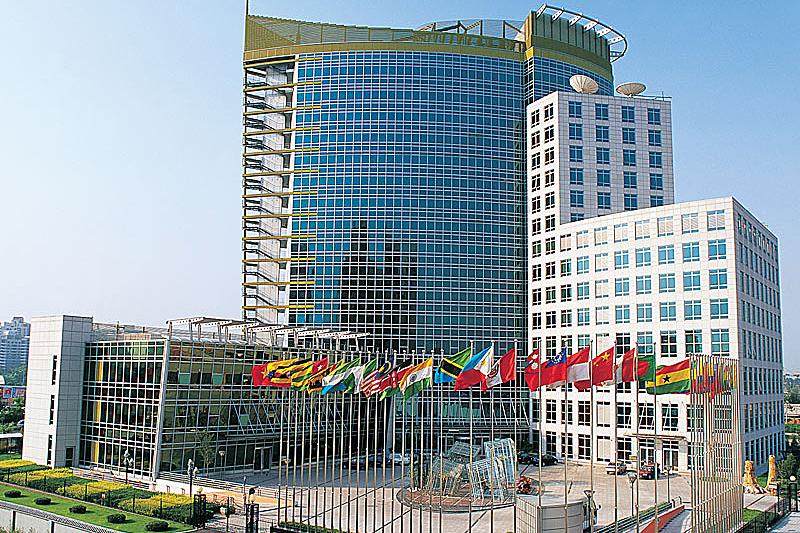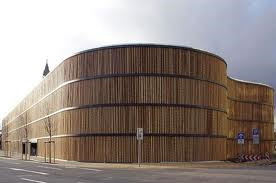Next week, the World Forum on Natural Capital will take place in Edinburgh, Scotland. Natural Capital can be defined as the world’s stocks of natural assets which include geology, soil, air, water and all living things. From this we derive a wide range of services, which make human life possible. Bamboo and rattan are two species that are extremely valuable.
Last week, I was in China for discussions with the International Network for Bamboo and Rattan (INBAR). Did you know that the global Headquarters of an Inter-Governmental Organisation are located in Beijing? Well, INBAR is there, representing 39 sovereign states in a global network focusing on sustainable and profitable management and use of bamboo and rattan.
It makes a lot of sense for the INBAR Headquarters to be in China, as this is the largest supplier of Bamboo in the world. Bamboo occurs in a band along the equator, but the most extensive natural bamboo forests are in India and China, and 14% of the global bamboo supply comes from China. Forest cover in some southern provinces is mainly bamboo, including the natural habitat of the giant panda in Sichuan Province. After all – their diet is mainly composed of bamboo leaves and shoots.
INBAR has recorded some striking case studies, where bamboo and rattan provide ecosystem services to help reduce poverty and create local jobs and economic prosperity. Take the case of a poor Ethiopian subsistence farmer who was trained in making household goods from bamboo and who now heads a business that employs 24 people. Or reflect on the Ghanaian example of using bamboo to make charcoal instead of cutting hardwood trees, and making a business out of this. This provides both a local source of cheap energy and enables economic development for small scale producers.
Bamboo can also be used in construction, and engineered bamboo is an alternative to working with timber. When I was in China, I visited a research station of the International Centre for Bamboo and Rattan (ICBR) in Anhui Province, where we were shown houses build with bamboo and local pine.
Finally, there are some really cool ways to use bamboo and rattan in contemporary furniture, and the latest designs go well beyond the traditional sixties style. Architects and interior designers are using bamboo and rattan to come up with eye-catching new ideas, as illustrated by the bamboo chair of Tejo Remy & René Veenhuizen, the rattan bench by Alvin-Tjitrowirjo or the walls of the Leipzig zoo car parking facility designed by HP architects.
The great thing about bamboo is that it re-grows rapidly. New bamboo shoots can grow nearly one metre during the first day, and bamboo culms can be harvested in four to five years and therefore cutting it down for product development or local use is a truly sustainable business, provided the harvesting rate is kept within limits.
Bamboo and rattan – natural capital high interest accounts!







0 comments
Write a comment